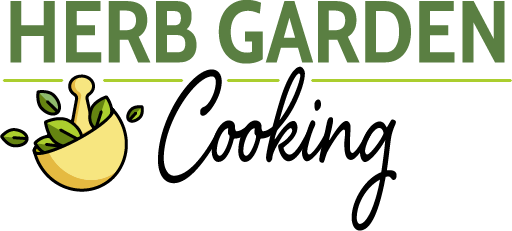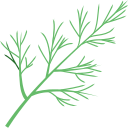
In the world of gardening, there’s a particular joy in harvesting fresh herbs. Mastering the art of herb harvesting is not just a gardening skill; it’s a culinary necessity. The right timing and techniques determine the potency, flavor, and efficacy of herbs in our kitchens and homes.
Harvesting & Preservation Guides – Explore Tips & Techniques for harvesting and preserving specific herbs in our useful guides:
Knowing when herbs are ready to be harvested is important for getting the best results. Let’s explore some techniques for harvesting herbs at their peak and effective preservation methods to make the most of your herb garden.
Table of Contents
When to Harvest Herbs
Mastering the timing of your herb harvest is key to unlocking their fullest flavor potential and essential oil concentrations.
Indicators of Herb Harvest Readiness
Knowing when an herb is ready for harvest is essential for obtaining maximum flavor and potency. Consider these indicators for timing harvesting:
- Lush Appearance: Look for mature signs like vibrant color, healthy foliage, and fully developed leaves or flowers.
- Strong Aroma: Crush a leaf or flower between your fingers and inhale its scent. A strong characteristic aroma suggests your herbs are ready for harvesting.
- Firm Texture: Leaves or flowers should be firm and plump, not wilted or soft.
- Robust Taste: Sample a small piece for flavor. If it’s robust and intense, it’s time to harvest.
Different herbs have diverse growth patterns, so familiarize yourself with specific indicators for each one.

Harvest Leafy Herbs Before They Flower
For leafy herbs like basil, oregano, and thyme, harvesting should occur before they start flowering. This ensures that their flavor intensity is at its peak intensity. Once leafy herbs begin to flower, their energy shifts towards producing flowers, which might impact their taste.
In contrast, certain herbs, such as chamomile or lavender, should be harvested when they’re in full bloom, as this is when their essential oils are most abundant.
Morning Herb Harvesting for Best Flavor
The best time of day to harvest most herbs is during the morning, after the dew has evaporated but before the sun climbs too high. Morning is when the essential oils that define herb aroma and taste are at their peak concentration. Additionally, harvesting in the morning helps avoid wilting or stress due to afternoon heat.
How to Harvest Herbs
Harvesting Techniques: Picking the Right Parts
The method of harvesting depends on the part of the herb you’re after: leaves, flowers, or seeds.
- Leaves: To gather leaves, gently pinch or cut individual leaves close to the stem’s attachment. Avoid taking more than one-third of the foliage at once to prevent plant stress.
- Flowers: When collecting flowers from herbs like lavender, choose fully opened blossoms. Gently pluck them without harming surrounding buds or foliage.
- Seeds: Patience is key for seed harvesting. Wait until the seeds mature on the plant. Then, carefully cut the seed heads into a container placed beneath them.
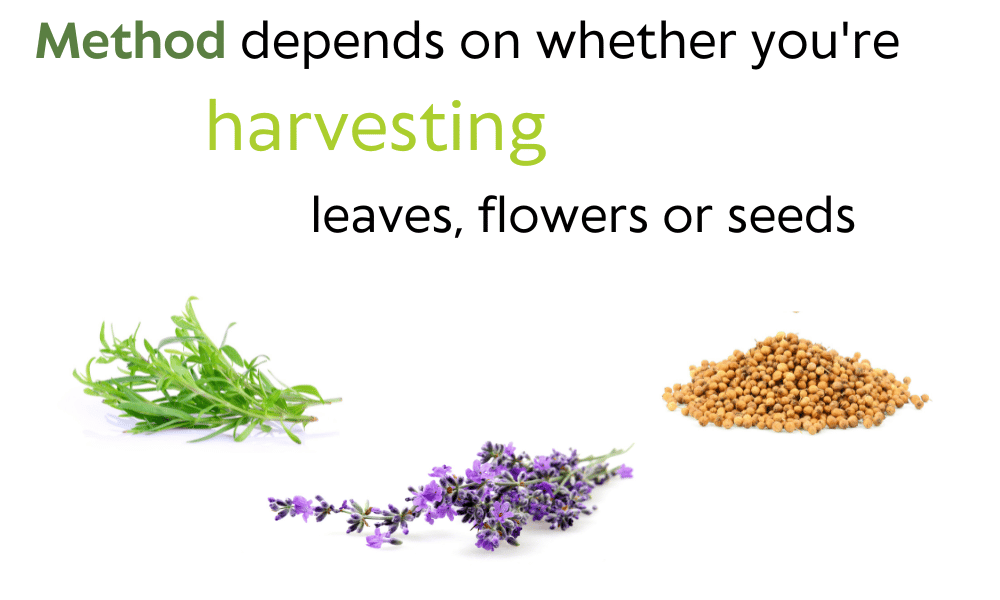
Balancing Harvest and Growth
Over-harvesting can harm your herb plants’ health and regrowth potential. Achieving a balance between harvesting enough for your needs and allowing the plant to flourish is crucial. Tips to avoid over-harvesting:
- Know Your Plant: Different herbs have varying tolerance levels for harvesting. Understand each herb’s growth pattern and requirements.
- Observe Growth Stages: Wait until herbs mature before harvesting. This ensures they have energy for regrowth.
- Harvest Selectively: Rather than strip the plant, practice selective harvesting. Choose mature leaves from different parts.
- Promote Branching: Prune strategically to encourage new growth in other areas.
- Avoid Stress: Refrain from over-harvesting during challenging conditions. Ensure proper watering and sunlight before significant harvests.
Selective Techniques for Harvesting Herbs
Selective harvesting keeps your plants thriving and provides a continuous supply of fresh herbs:
- Pinching Back: Pinch stems or branches to stimulate bushier growth.
- Cut-and-Come-Again: Harvest outer leaves, leaving inner ones to promote regrowth.
- Rotation Harvesting: Rotate harvests among similar plants to maintain a steady supply.
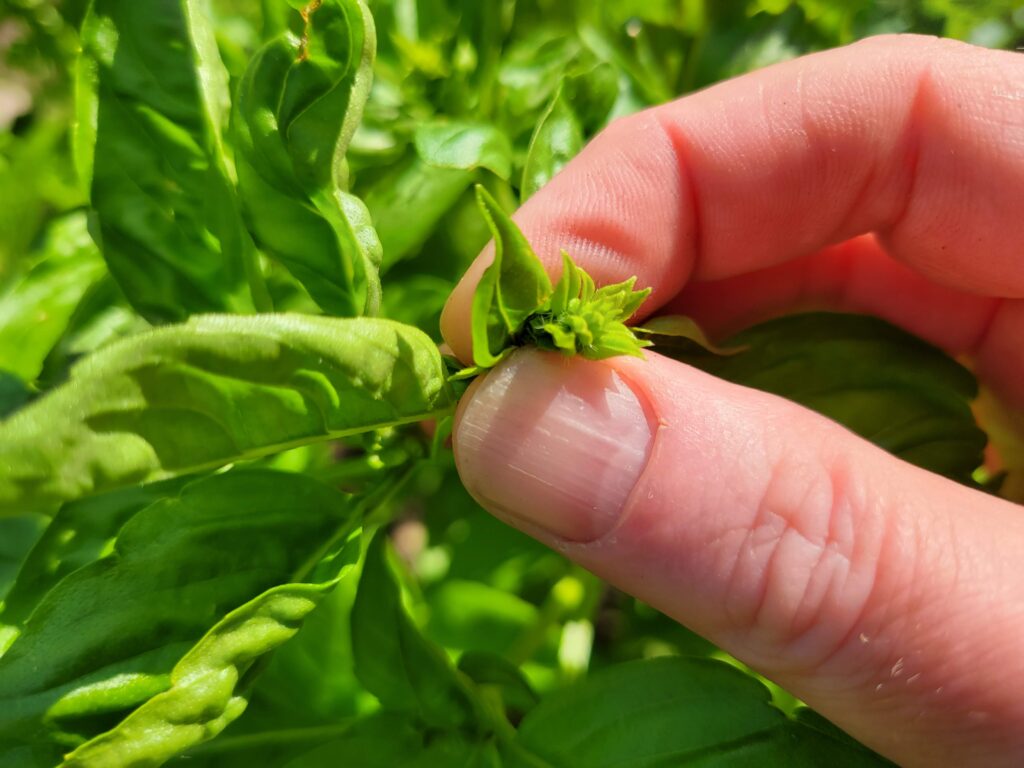
Strike a balance between harvesting during the growing season and supporting your herb plants’ long-term health and productivity. By employing these techniques, you’ll enjoy an abundance of fresh herbs while ensuring their continuous growth.
Essential Tools for Harvesting Herbs
Having the right tools is crucial for successful herb harvesting and preservation. Whether you’re a seasoned gardener or a beginner, proper equipment streamlines the process. Here’s a list of essentials, each serving a specific purpose:
1. Pruning Shears or Scissors: Clean, sharp blades ensure a clean cut, minimizing plant damage. Snip above a leaf node for new growth.
2. Knee Pad: Cushioned support for kneeling can be a huge knee-saver, particularly if you have aging knees like mine
3. Garden Gloves: Durable gloves protect your hands from thorns, splinters, and soil-borne bacteria while working in the garden.
4. Harvest Basket: Have a lightweight, easy-to-carry basket for collecting your herbs. This keeps them safe and undamaged as you gather them from various parts of your garden.
Mastering the Art of Herb Harvesting
Harvesting herbs is more than a task – it’s a celebration of nature’s gifts. As we explore the process of harvesting and preserving, it becomes evident that these valuable plants require gentle care and timely attention. By understanding when to harvest and how to store them, we ensure our kitchen creations maintain fresh flavors and aromas throughout the year.
With knowledge as our guide, harvesting goes beyond gardening – it becomes an expression of love and gratitude. So, as you work in your herb garden, remember these insights and let each harvest and preservation reflect the harmony between nature and nurturing. Enjoy your harvest!
Frequently Asked Questions (FAQs)
How often should I harvest my herbs?
The frequency of harvesting depends on the type of herb and its growth habits. Generally, leafy herbs like basil or parsley can be harvested every few weeks throughout the growing season. However, it’s important not to remove more than one-third of the plant at once to allow it to continue growing.
Can I harvest herbs after they have flowered?
While it’s ideal to harvest herbs before they flower for optimal flavor and aroma, you can still harvest them after they flower. Just keep in mind that flowering may affect their taste slightly.
What is the best time of day to harvest herbs?
The best time to harvest herbs is in the morning, after the dew has evaporated but before the heat of the day. At this time, the essential oils responsible for flavor and aroma are at their highest concentration.
How much of an herb can you harvest?
The general rule when harvesting herbs is to never harvest more than 1/3 of the herb plant at a time. It is crucial to leave enough foliage on the plant for continued photosynthesis. Harvesting more than a third of the plant could jeopardize its long-term health.
Explore More on Harvesting and Preserving Herbs
- How to Harvest Rosemary: Useful Garden Hacks
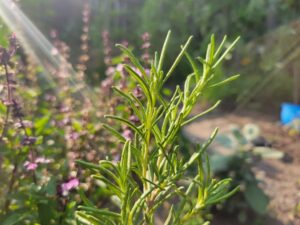 Learn the proper techniques for harvesting rosemary and maximize the flavor and aroma of this homegrown herb
Learn the proper techniques for harvesting rosemary and maximize the flavor and aroma of this homegrown herb - Harvesting Parsley: Useful Tips for Preservation & Storage
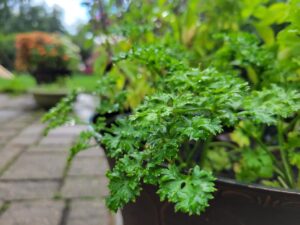 Learn the best techniques for harvesting parsley and storing it for later use. Discover how to keep your parsley plants healthy and thriving.
Learn the best techniques for harvesting parsley and storing it for later use. Discover how to keep your parsley plants healthy and thriving. - Harvesting Dill: Proven Techniques to Preserve Freshness
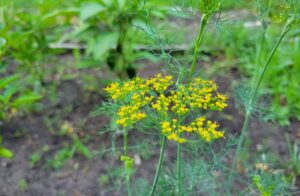 Learn the best techniques for harvesting dill and maximizing your yield. Preserve and store your dill for later use.
Learn the best techniques for harvesting dill and maximizing your yield. Preserve and store your dill for later use. - How to Harvest Sage: Tips for Optimal Preservation
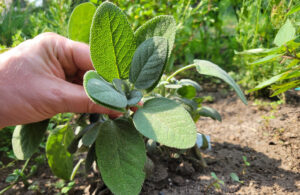 Learn the best techniques for harvesting sage and drying it for optimal results. Discover how to properly dry and store sage.
Learn the best techniques for harvesting sage and drying it for optimal results. Discover how to properly dry and store sage. - Harvesting Basil with Care: Preserving Aromatic Goodness
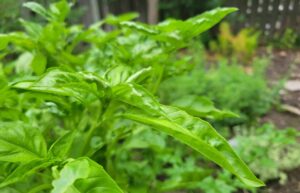 Discover the best techniques for harvesting basil and enjoy the freshest flavor in your kitchen. Learn how to harvest basil without harming the plant.
Discover the best techniques for harvesting basil and enjoy the freshest flavor in your kitchen. Learn how to harvest basil without harming the plant. - Harvesting Cilantro with Care: Minimizing Plant Stress
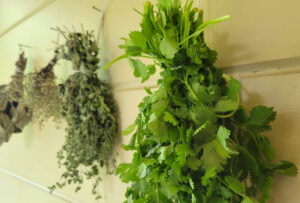 Master the art of harvesting cilantro with our step-by-step guide. Learn how to maximize yields and keep your plants healthy.
Master the art of harvesting cilantro with our step-by-step guide. Learn how to maximize yields and keep your plants healthy. - Harvesting Oregano: Tips to Preserve Your Harvest
 Learn the best techniques for harvesting oregano to preserve its flavor and freshness. Discover tips for picking, drying, and storing this versatile herb.
Learn the best techniques for harvesting oregano to preserve its flavor and freshness. Discover tips for picking, drying, and storing this versatile herb.
